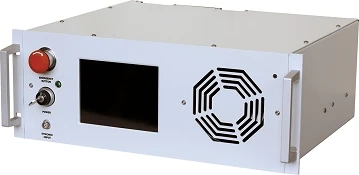Laser solutions are frequently required for varied processes. Choosing the right tools, component and systems is important. Laser resonator design is equally important that plays a crucial role in the operation and performance of laser systems. A laser resonator is an optical cavity that consists of two mirrors that form a feedback loop for the laser beam.
These mirrors are carefully designed to create a resonant cavity that allows for the amplification and generation of coherent light. The resonator design and its components greatly influence the output characteristics of the laser like beam quality, power, and stability. Another key part of laser resonator design is the choice of mirror configuration. A resonator consists of two mirrors
A high reflectivity mirror (HR)A partially transmitting mirror (output coupler).The first one reflects most of the laser light, while the output coupler allows a fraction of the light to exit the cavity as the laser beam. The reflectivity and transmission characteristics of these mirrors determine the laser's output power and efficiency.
Another important design consideration is the stability of the resonator. Stability is crucial to maintain a well-defined and predictable laser output. The most commonly used stable resonator configurations are the plane-parallel resonator and the confocal resonator.
Find the top company and you will also get some other solutions like alexandrite regenerative amplifier, Flashlamp ignition circuit, Laser pump cavity and a lot more. Stay in touch with experts and get the right solutions.


